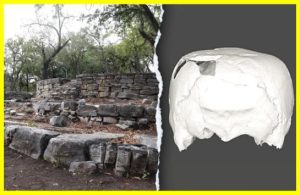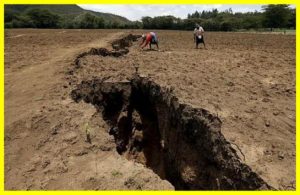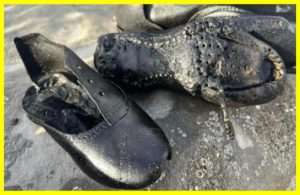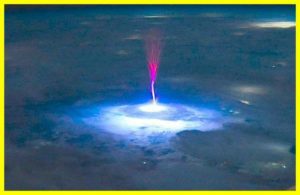DNA that is more than 10,000 years old has been decoded
Scientists have conducted a unique study of ancient DNA extracted from the rock cave at Oakhurst, located on the southern coast of South Africa.
The results of the study were published in the journal Nature Ecology & Evolution.
The site, a significant archaeological site since the 1930s, has proven to be a real source of information about the region’s past.
Oakhurst, whose history dates back 12,000 years, is known not only for its rock paintings and artifacts, but also for the burials of 46 people, which is unusual for ancient burials in South Africa.
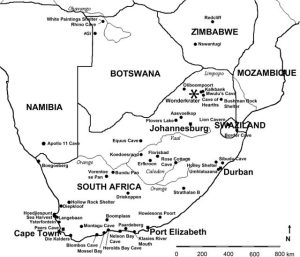
Recent advances in archaeogenetics have allowed scientists to sequence ancient DNA and explore the genetic history of the region’s inhabitants.
The research team recovered 13 genomes, including South Africa’s oldest DNA, which is about 10,000 years old.
The data showed that unlike in Europe and Asia, where new populations displaced old ones, southern Africans have maintained genetic continuity for thousands of years.
The study showed that the ancient inhabitants of Oakhurst were genetically similar to the modern San and Xhoho peoples living in the region.
Despite cultural changes such as the advent of farming and herding about 2,000 years ago, the genetic makeup of the local population remained nearly unchanged.
This discovery gives scientists a new perspective on genetic diversity and human evolution in Southern Africa.















